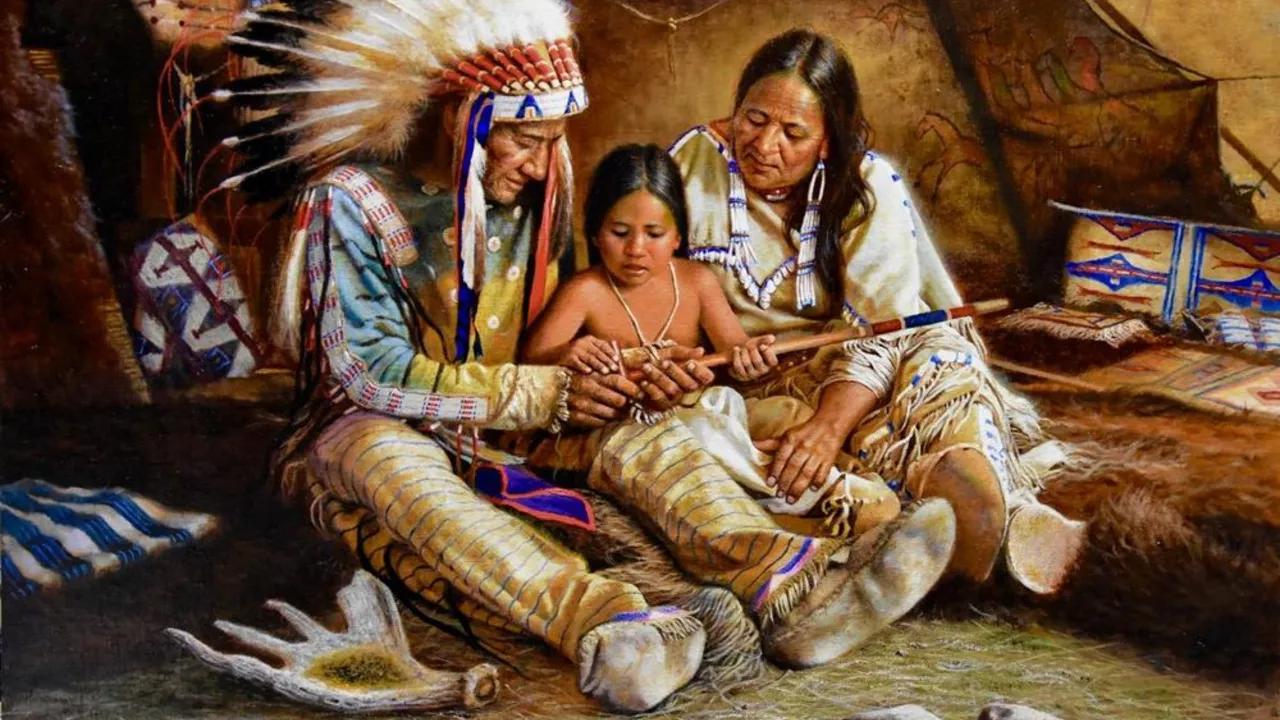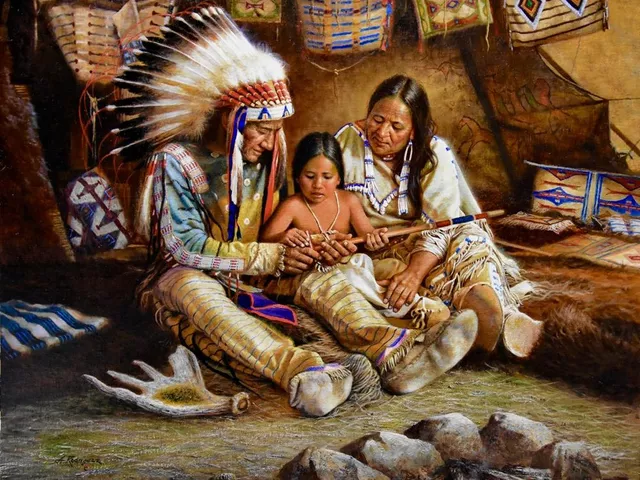Cultural History: Stories, Traditions, and Heritage
Ever wonder why we celebrate certain festivals or why some foods taste the way they do? It all comes down to cultural history – the collection of stories, customs, and ideas that shaped the world we live in today. On this page you’ll find a quick guide to what cultural history is, why it matters, and a few easy ways to dive deeper without needing a PhD.
Why Cultural History Matters
First off, cultural history isn’t just about old dates and dusty museums. It’s about the everyday choices people made centuries ago – the music they sang, the clothes they wore, the ways they solved problems. When we understand those choices, we get a clearer picture of why the world looks the way it does now. For example, the reason many Asian cuisines use rice as a staple is linked to ancient farming practices that grew best in wet fields. Knowing that gives you a deeper appreciation the next time you enjoy a bowl of sushi or biryani.
Second, cultural history builds empathy. Reading about how a community survived a harsh winter or celebrated a harvest helps us see beyond our own experience. That empathy can improve how we interact at work, in school, or even with friends from different backgrounds. It’s also a handy skill for educators, because teaching students about the “why” behind traditions makes lessons stick.
Finally, cultural history can spark creativity. Artists, writers, and designers often borrow elements from the past to create something fresh. When you know the story behind a pattern or a melody, you can remix it in ways that feel original yet familiar.
How to Explore Cultural History Everyday
You don’t have to book a flight to a museum to start learning. Here are three simple steps you can try right now:
1. Listen to local stories. Ask an older neighbor or family member about a holiday they remember from childhood. Those anecdotes are gold – they capture personal angles that textbooks miss.
2. Watch a documentary with a purpose. Pick a short film about a specific tradition, like the making of Japanese tea or the Indian festival of Diwali. Pause and note what you didn’t know before. A 30‑minute video can give you a solid overview.
3. Try the food. Cooking a recipe from another culture is like a hands‑on history lesson. While you stir, think about the spice routes, trade winds, or migrations that brought those ingredients together.
By mixing conversation, media, and food, you’ll build a personal archive of cultural history that feels relevant to your daily life.
Ready to dig deeper? Browse the articles tagged “cultural history” below – they cover everything from ancient rituals to modern reinterpretations. Each piece is written in plain language, so you can soak up the facts without feeling lost. Happy exploring!

The Chumash Indians are a fascinating group with a rich history worth exploring. They were one of the earliest tribes in California, known for their advanced knowledge in astronomy and boat engineering. They were skilled craftsmen, creating intricate basketry and beadwork. Their society was complex and organized, with a well-defined political structure and religious practices. Sadly, like many native tribes, their population drastically declined due to European colonization but their legacy continues to influence California's cultural landscape.
Continue Reading





